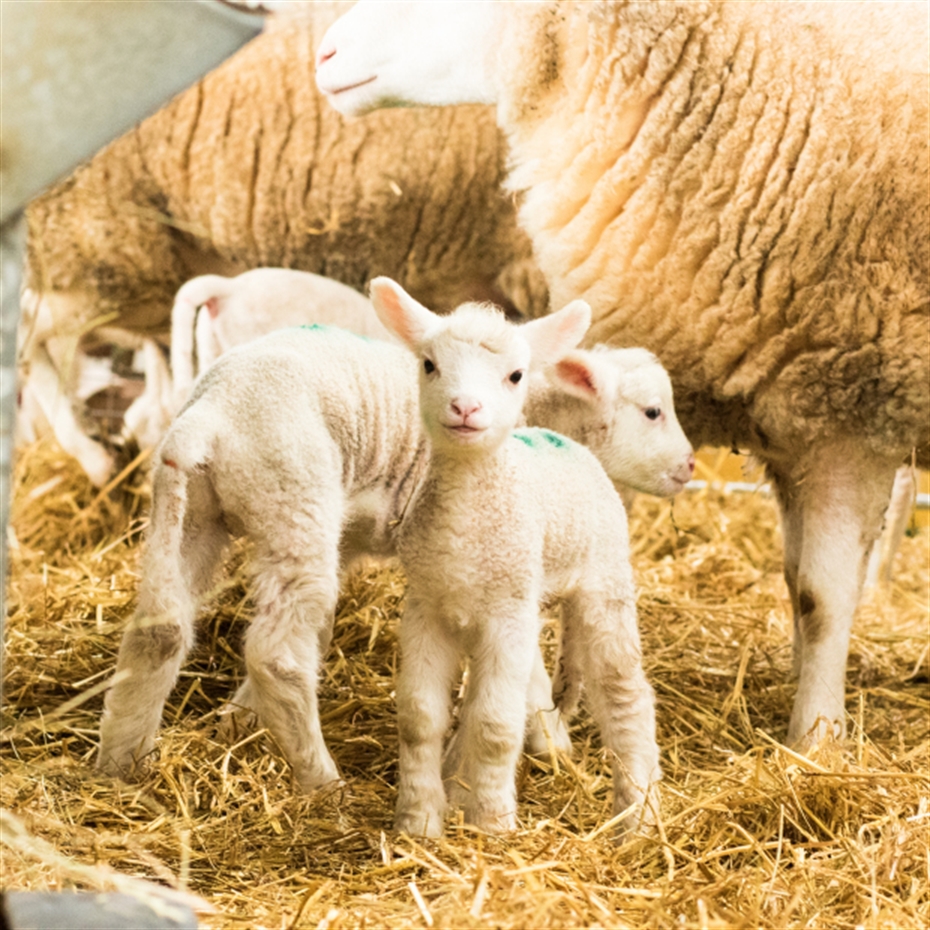
The recent fall in the value of Sterling against the Euro may have brought back memories of the 2008 financial crash, but the downward exchange rate movement precipitated by BREXIT concerns could be good news for UK sheep producers.
So much so that industry experts are urging farmers to put a sound system in place to be able to produce as many saleable lambs as possible from the 2017 crop.
“With the Eurozone accounting for 19 in every 20 sheep meat exports, a relatively strong Euro should ensure decent demand for British lamb next year. It may be short term, but it’s the flipside of recent years when we have had a relatively strong pound and other adverse market conditions working together to depress our export trade.
“As a result, we can only hope that UK producers will be able to cash in for once, but will do so only if they have high numbers of healthy lambs to sell,” says independent sheep consultant Kate Phillips.
Every sheep producer has to cope with surplus lambs to a certain extent, but when prices are weak the motivation to be as productive as possible may not be there. It should be now.
Ms Phillips says that it makes good sense to plan ahead and re-examine current surplus lamb rearing practices. “Basically you have three options come lambing time: you either sell them to someone else to rear, foster surplus lambs onto a single-bearing ewe or artificially rear them on milk replacer.
“If you intend to rear as many as your can to maximise your finished lamb sales, it’s good practice to take any third and fourth lambs off their mothers. This will help boost lamb survival rates and performance, and take the pressure off ewes trying to rear multiples. This is particularly important for young mothers and will help her keep growing and producing enough milk for the lambs she has left.”
When deciding which lamb to remove from a triplet-bearing ewe, Ms Phillips advises removing either the smallest or the largest one to leave a balanced pair. “Whichever lamb is chosen it must be sucking well, been with its mother for 24 hours after birth and have received a good supply of colostrum, particularly in the first six hours of life.”
If intending to follow artificial rearing practices, bear in mind that automated machine feeding is now becoming more popular and offers many advantages over traditional restricted feeding with a bottle or teated bucket.
“Surplus lambs can now be reared very efficiently artificially and without the problems associated with fostering onto an unwilling ewe. With good husbandry, sound organisation and the right milk replacer there’s no doubt you can produce good quality lambs, as well as save yourself hours of effort and hassle,” Ms Phillips says.
It does seem that more UK sheep producers are starting to appreciate the benefits of machine-rearing lambs, and to be as accepting as professional calf rearers about the latest technology available.
“We saw a 135% increase in sales of our automated lamb milk feeders for the 2016 lambing season and expect this trend to continue into 2017, particularly if the pound stays weak against the Euro,” reports Jackie Bradley from young animal nutrition specialists Volac.
“Farmers are undoubtedly attracted by the labour-saving benefits and the fact that machine-rearing frees up time to focus on other important jobs. But they also report faster growth rates because there is no limit to how much or when the lambs can drink. Producers also say they see fewer digestive upsets.
“Most significantly, though, users also report a decent margin over feed of anywhere between £15 and £25 per lamb. This margin could be even healthier in 2017 if lamb price and demand remains buoyant,” she says.
Machines are available to buy, but Ms Bradley stresses that they are not a substitute for good husbandry. “Sound hygiene is crucial and lamb pens must be draught-free, well drained and bedded to keep lambs as warm and dry as possible. Clean, fresh water also needs to be available along with creep feed (18% crude protein) offered ad lib to encourage early intake. Lambs should be weaned abruptly at no less than five weeks of age when they are two and half times birthweight and eating an average of 0.25kg of creep a day over three days,” she says.
Contact your local Business Manager for further information on automated lamb milk feeding.